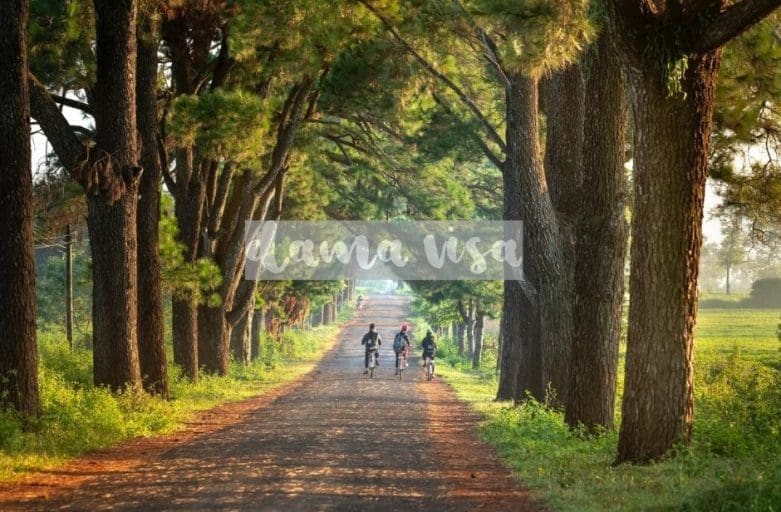DAMA visa.
DAMA is an abbreviation from the Designated Area Migration agreement. Actually, DAMA is not a visa but a Labour Agreement between Australian Home Affairs and regional government under which employers from designated areas covered by the DAMA might be able to sponsor overseas workers for a temporary or permanent work visa. TSS and ENS visas are being utilized usually under DAMA Labour Agreements.
To be eligible for a DAMA visa TSS or ENS you must find an employer willing to sponsor you for the visa.
What DAMA’s are in place
DAMA’s are being managed by Regional Development Australia (RDA) members. RDA is a national network of 52 committees made up of locals who work with government, business and community groups in their regions. Currently, there is one active DAMA agreement in place – Northern Territory DAMA. Another few will be introduced soon – Kalgoorlie-Boulder, Orana, South Australia, Far North Queensland (as of May 2019).
What is the benefit of the DAMA visa?
TSS visa is utilized under DAMA visa Labour Agreement.
Why an employer would apply for TSS visa under DAMA Labour Agreement instead of a standard stream? There are a few concessions under DAMA – in general, it is for people who would not be able to get a TSS visa under standard conditions. The other benefit is that for some occupations a TSS visa holder might be able to apply later for permanent residence if an agreement would cover that.
Under the DAMA labor agreement, employers in regional areas who are not able to find skilled workers on a local market can sponsor skilled and semi-skilled overseas workers.
Although different DAMA’s have a lot in common each has a different list of occupations and concessions.
Don’t forget to follow us on facebook if you like it here, so you’ll be first to know about updates on this page.
DAMA visa concessions
As already mentioned under DAMA visa TSS is usually being utilized through the Labour Agreement stream.
For a TSS visa under the standard stream, there are specific requirements
- English language (IELTS 5 or equivalent),
- salary (TSMIT – $53900 or above)
- the occupation must be on a list of TSS eligible occupations.
- No pathway to permanent residency for the occupations from STSOL list
Under DAMA Labour agreement concessions might be available. These could include:
- lower English requirement
- occupation off the list
- pathway to permanent residency
- pathway to permanent residency for an applicant 45 years old or over though transition stream of ENS visa
- lower salary (usually 10% less that TSMIT)
DAMA visa list of occupations
DAMA list of occupations depends on the needs of a particular region, but usually, these are mostly the occupations from hospitality, farming and construction industry. Book a consultation if you’d like to discuss it in details.
How to apply for a DAMA visa
DAMA visa application is similar to the TSS visa application. Additionally, an employer must deal with the local RDA to get approval to be included in the DAMA Labour Agreement. Once RDA will agree to support a business / will provide with an endorsement, then TSS visa sponsorship, nomination, and a visa application must be lodged through the immi account on a Home Affairs website
DAMA visa fees
RDA DAMA endorsement, labor agreement, and skills verification usually do not attract fees. Apart from that standard TSS application fees for a nomination, Skilling Australian Fund (SAF) and visa must be paid to the government.
As always – if you need assistance with your visa needs – we’re here to help. Book a consultation to discuss details with our migration agent.



